What Does it Mean to be College Ready
MAY 15, 2023
Nearly two-thirds of jobs now require some form of postsecondary education or vocational training, including most of the fastest-growing and highest-paying job opportunities. As AI and robotics continue to eat away at entry-level job opportunities, many experts expect those numbers to continue to grow. How do we know if our students are ready to handle academic material at the postsecondary level?
Last month, we talked about the critical thinking skills gap for college and career readiness. But these core cognitive skills are only part of the equation. To be successful in higher ed, students need social-emotional maturity, metacognitive skills, and soft skills such as time management, self-advocacy, and persistence. They also need to have enough background and content knowledge to provide a schema for new knowledge.
Dr. David Conley, an education researcher and the founder and director of the Center for Educational Policy Research (CEPR) at the University of Oregon, has spent decades studying the factors that lead to college and career success. His Four Keys to College and Career Readiness is a framework that outlines the critical areas students need to develop in order to be prepared for life after high school. These include:
- Key Cognitive Strategies
- Key Content Knowledge
- Key Learning Skills and Techniques
- Key Transition Knowledge and Skills
Key Cognitive Strategies
In Conley’s framework, Key Cognitive Strategies are essential higher-order thinking skills that involve complex problem-solving and critical thinking. These cognitive skills are crucial for understanding and analyzing complex information in academic and real-world contexts. Key skills include the following.
- Problem formulation: Identifying and defining problems involves recognizing issues or challenges, asking relevant questions, and defining the scope of the problem. Problem formulation requires analytical and critical thinking skills to break down complex situations into manageable components.
- Research: To solve problems, students must be able to gather, evaluate, and synthesize information from various sources and understand how to assess the credibility, relevance, and reliability of sources. This involves knowing how to use libraries, databases, and the internet effectively, as well as analysis of both qualitative and quantitative data.
- Interpretation: Interpretation is the ability to make sense of information, ideas, or situations by analyzing, evaluating, and drawing conclusions from them. Students need to be able to identify patterns, themes, and relationships in the information they gather and use these insights to create a coherent understanding of the problem at hand.
- Communication: Students must be able to clearly articulate their ideas, thoughts, and arguments, both in writing and orally. Communication skills involve organizing information logically, using appropriate vocabulary and grammar, and adapting the message to different audiences and purposes.
- Precision and accuracy: Students need to be detail-oriented and strive for accuracy in their work. This involves careful attention to facts, figures, and calculations, as well as ensuring that their reasoning and arguments are logically sound and well-supported by evidence.
- Evaluation: Evaluation skills involve the ability to assess the quality, relevance, and effectiveness of one’s own work as well as the work of others. Students need to be able to critique and analyze arguments, evidence, and methodologies to determine the strengths and weaknesses of various approaches to problem-solving.
Thinking Maps Connection
Higher-order thinking skills—including critical thinking, creativity and problem solving—are at the heart of what we do at Thinking Maps. Using Thinking Maps consistently across content areas helps students develop the core cognitive skills that underlie all learning, including defining, describing, comparing and contrasting, classifying, part-to-whole relationships, cause and effect, and analogies. The Maps make thinking processes visible and accessible to students, so they know which kind of thinking is required for a task and how to access those thinking processes. Students who use Thinking Maps throughout their K-12 learning develop portable, student-owned learning strategies that they carry forward with them for college and life.
Students learn to use Thinking Maps alone and in combination, along with the Frame of Reference, to organize, analyze, interpret and evaluate information in a variety of ways. They also learn to use Thinking Maps for problem solving and creative thinking.

Classifying is one way to analyze complex information. The Tree Map is used for classification.
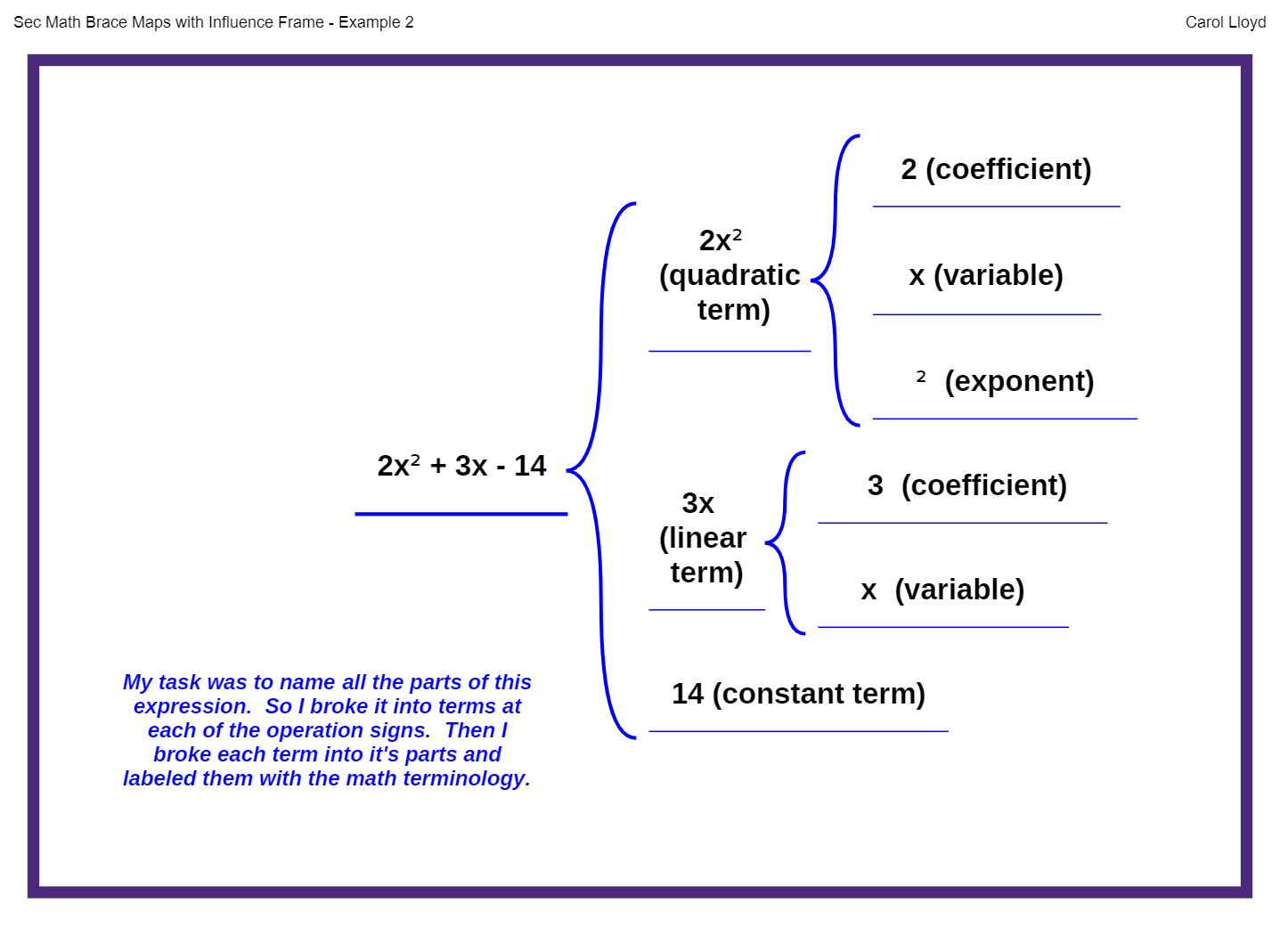
Analyzing part and whole relationships is an important problem-solving strategy.
Key Content Knowledge
Key Content Knowledge refers to the foundational knowledge students need to be successful in college and career settings. Background knowledge is essential for making sense of new information and fitting new ideas into an existing schema. Students who are missing essential background knowledge that they are expected to acquire in high school will struggle in college-level courses that build on this knowledge. Content knowledge needed for postsecondary success will vary depending on the specific course of study, but may include the following.
- Core academic content: Most colleges expect students to have a solid base of content knowledge and academic skills in all the core academic areas required for high school graduation, including English language arts and literature, science, mathematics, and social studies (including history, geography and civics). Students who are missing core academic knowledge and skills may be required to take remedial courses in college. Many colleges also expect students to arrive with background in the arts and at least one world language.
- Interdisciplinary knowledge: In addition to mastering content within individual subjects, students also require interdisciplinary knowledge, which involves understanding the connections and relationships between different subjects. This type of knowledge helps students think critically, solve complex problems, and make informed decisions in various contexts.
- Technical knowledge and skills: Some colleges or degree programs may require students to have specific knowledge in certain areas, such as foreign languages, computer science, or vocational skills. Students should be aware of these requirements and work to develop the necessary knowledge in those areas.
- Content learning attitudes and strategies: Conley also stresses the importance of having the right learning attitudes and strategies. Learning strategies may be general and interdisciplinary or content-specific.
Thinking Maps Connection
Thinking Maps supports the development of content-area knowledge across all disciplines. By using Thinking Maps to take notes, analyze information, and organize their thinking, students are interacting with content in ways that support deep understanding, retention and recall. The visual tools work the way the brain works, helping the brain find patterns in information and make connections between concepts.
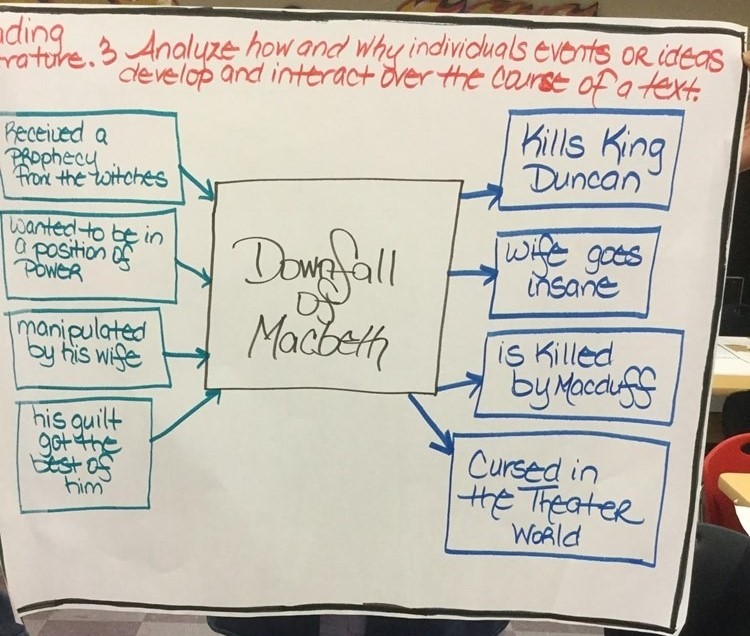
Organizing information visually improves information processing, understanding, retention, and recall.
Key Learning Skills and Techniques
Key Learning Skills and Techniques include the self-management skills and learning techniques that students need to be effective, independent learners. These skills are crucial for success in both college and career settings, as they enable students to adapt to new learning environments, manage their time and resources effectively, and engage in continuous learning and self-improvement. These can be divided into two components.
- Ownership of learning: This strand includes self-efficacy skills such as goal setting, persistence (or grit), self-awareness, motivation, self-advocacy and help-seeking, and monitoring of one’s own progress. Many of these are key metacognitive skills; students need to have an awareness of what the desired outcome is, how close or far they are from achieving that outcome, and the steps they need to take to get there.
- Learning Techniques: These are the specific tactics that students need to apply for effective learning in a college setting, such as note-taking, test-taking, reading for understanding, memorization and recall, and technology skills. They also include self-regulatory skills such as time management and organizing the study environment for effective learning, along with the ability to work collaboratively towards learning goals.
Thinking Maps Connection
Thinking Maps are a highly effective, portable learning strategy that students can carry with them into the postsecondary world. Students can use Thinking Maps to take notes in live lectures or during independent study using textbooks, videos, or online resources. They can also use Thinking Maps to combine and analyze data and ideas from different sources and to organize their own ideas for writing assignments or presentations. Thinking Maps make studying and writing more efficient and effective.
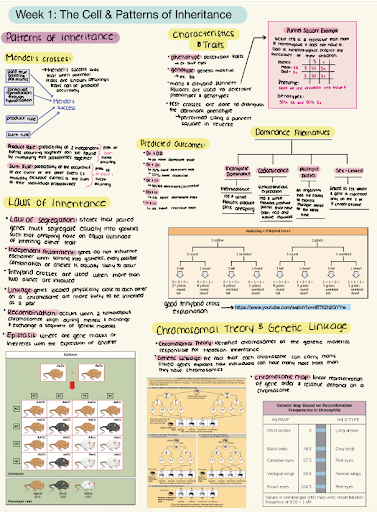
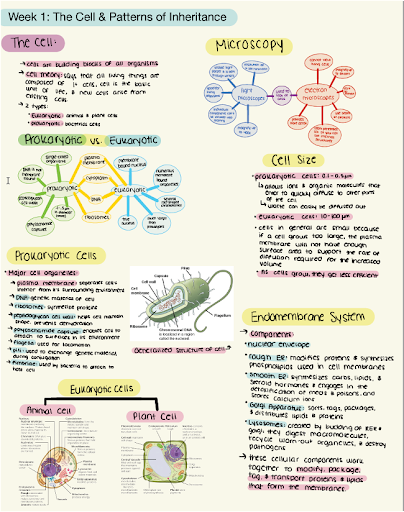
Thinking Maps are an excellent tool for note-taking, studying and test preparation across content areas.
Key Transition Knowledge and Skills
Key Transition Knowledge and Skills involve the skills and knowledge students need to successfully navigate the transition from high school to college or the workforce. These skills help students make informed decisions, adapt to new environments, and thrive in their chosen paths. These skills include contextual, procedural, financial, cultural and personal elements. These are some examples of transition skills.
- College and career exploration: Students should be able to research and explore various college and career options, considering factors such as program offerings, admission requirements, costs, and potential job opportunities.
- Application processes: Students should be familiar with the processes involved in applying to colleges, universities, or jobs, including completing applications, writing essays or personal statements, obtaining letters of recommendation, and preparing for interviews.
- Financial planning: Students should have a basic understanding of financial planning, including the costs associated with attending college or vocational programs, options for financial aid, and how to create a personal budget.
- Time management and organization: As students transition to college or the workforce, they need to be able to manage their time and resources effectively to balance academic, extracurricular, and personal responsibilities.
- Self-advocacy: Students should be able to advocate for themselves and know when and how to access resources, such as academic support services, counseling, or accommodations for disabilities.
- Social and emotional skills: Successful transitions require the ability to adapt to new social environments, manage stress, develop healthy relationships, and build resilience.
- Cultural competence: Navigating the adult world also requires the ability to understand, appreciate, and interact effectively with people from different cultural backgrounds and respect the perspectives of others.
Thinking Maps Connection
Thinking Maps aren’t just for academics. They are also useful and effective tools for planning, self-regulation, and development of social-emotional skills. Many teachers and administrators use Thinking Maps in a professional context for brainstorming, collaborative planning, and consensus building. Once students learn how to use Thinking Maps, they also will find endless uses for them in their personal, academic and professional lives.

Thinking Maps can be used to explore complex topics in college, grad school and beyond.
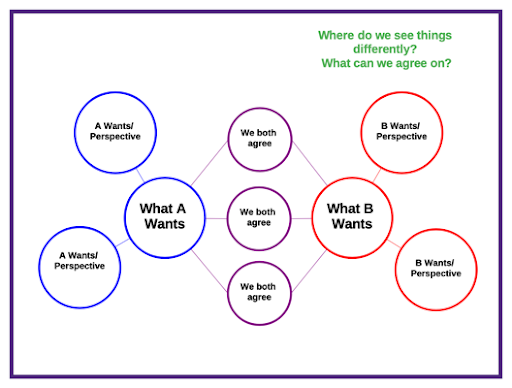
Thinking Maps can be used to build social-emotional skills, foster cooperation, and resolve conflicts.
Want to learn more about how Thinking Maps supports college and career readiness? Check out the resources below, or contact your representative for a demo.
Additional Resources
From Around the Web
- Four Keys to College and Career Readiness: Dr. David Conley (Video)
- Framework for 21st Century Skills (Framework)
- College Knowledge: An Interview with David Conley (Article)
From Thinking Maps
- Are we preparing our students for life after high school? (Blog)
- The Building Blocks of Brain-Based Learning (White Paper)
- Metacognition: Closing the Gap Between Knowing and Doing (White Paper)
For Thinking Maps Learning Community (TMLC) Subscribers Only
Navigator is a monthly series available to TMLC subscribers. Contact your Thinking Maps rep to get started.
Continue Reading
March 13, 2023
Critical thinking skills are increasingly important for college and career success. Are schools developing the skills colleges and employers expect today?
July 12, 2021
You’ve probably heard the expression “failure to plan is planning to fail.” Nowhere is this more true than when it comes to teaching and learning.
June 14, 2021
Professional development should model the best practices for teaching that we use in the classroom. That means PD should be designed to actively engage teachers in relevant, rigorous learning.
May 17, 2021
Effective professional development takes place within a continuous "Cycle of Learning" that includes targeted instruction, planning, application, and assessment.